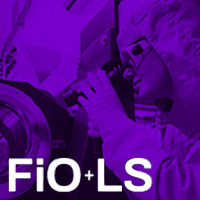Abstract
A distinct advantage of far-field light microscopy is the non-destructive imaging of the interior of biological specimens. An obvious disadvantage is the limited spatial resolution, which for more than a century has been paradigmatic. The concept of stimulated emission depletion (STED-) microscopy1 and the related concept of Ground-State-Depletion (GSD) Microscopy2 allow for a fundamental breaking of the diffraction barrier. The physics of breaking the diffraction barrier is not just the ‘depletion’ of the excited or the ground state, rather it is the saturation1,2 of the depletion. Saturation disentangles the final size of the fluorescent spot from the diffraction limited spot size of the focal light beams involved. The passband of the optical transfer function of the system is automatically enlarged. Saturation signifies a nonlinear intensity relationship, but importantly, in both cases the non-linearity is based on processes that are per se linear: 1-photon absorption and stimulated emission.
© 2003 Optical Society of America
PDF ArticleMore Like This
Xusan Yang, Hao Xie, Eric Alonas, Yujia Liu, Xuanze Chen, Philip J. Santangelo, Qiushi Ren, Peng Xi, and Dayong Jin
ATh1A.2 CLEO: Applications and Technology (CLEO:A&T) 2017
Xusan Yang, Hao Xie, Xuanze Chen, Yujia Liu, Yan-Kai Tzeng, Huan-Cheng Chang, Wen-Di Li, and Peng Xi
ATh4I.1 Asia Communications and Photonics Conference (ACP) 2013
Wentao Yu, Ziheng Ji, Xusan Yang, Yunfeng Xiao, Peng Xi, and Kebin Shi
STh4G.4 CLEO: Science and Innovations (CLEO:S&I) 2016

